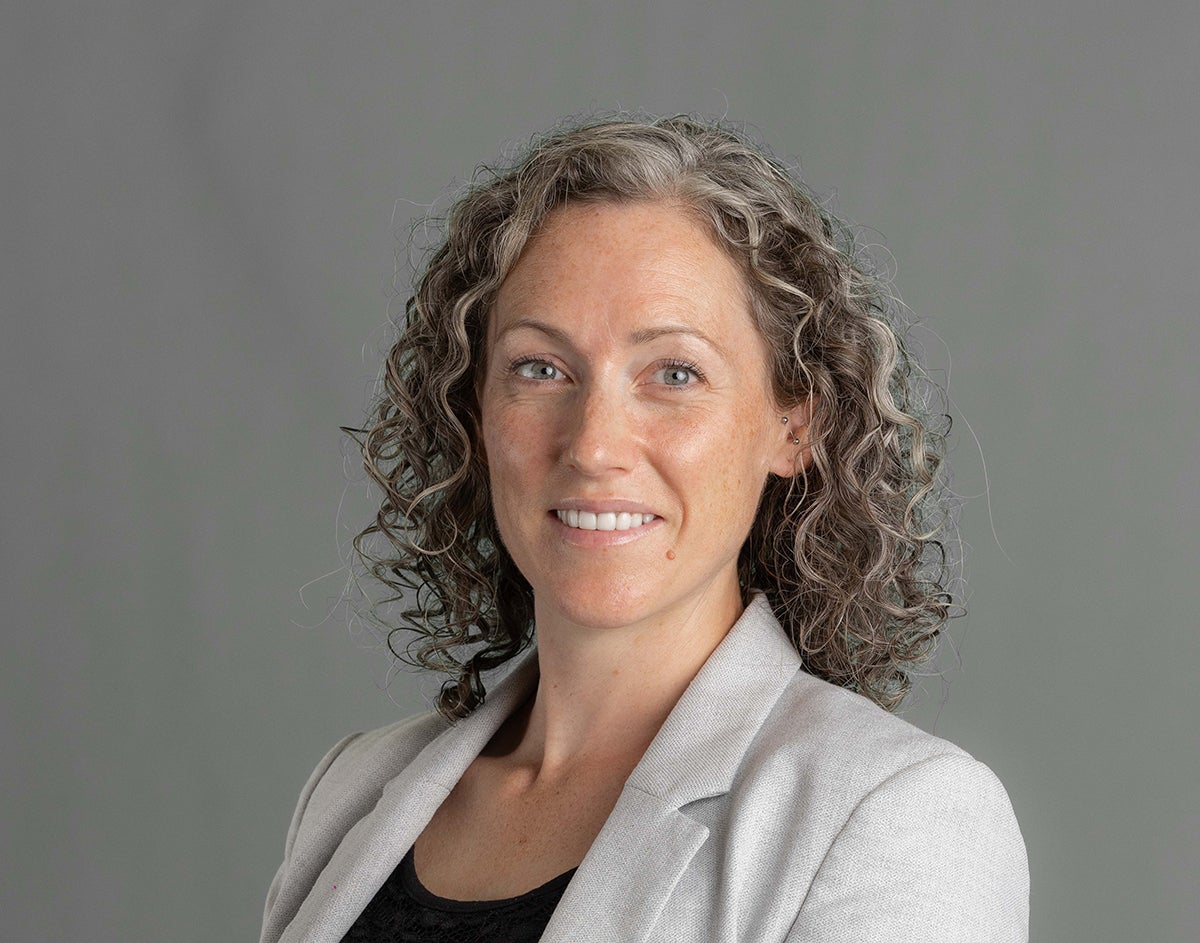Dr. M. Rami Alfarra

Why Does Air Quality Matter?
The quality of the air we breathe impacts every member of society. A large body of evidence has emerged over the past five decades showing the negative effects of air pollution on public health, climate, and the associated cost to the economy. The movement of air knows no borders making the challenge of air pollution not only a local problem but also a national, regional, and global one requiring policies on all these levels to mitigate its negative impacts on every one of us as well as on our planet.
The World Health Organization estimates that exposure to outdoor air pollution results in 4.2 million deaths per year, while 3.8 million deaths occur every year as a result of indoor air pollution (mostly household exposure to smoke from dirty cookstoves and fuels). Exposure to fine particulate matter resulting from human activities continues to place a significant burden on human health. Furthermore, nitrogen dioxide is associated with appreciable mortality and ozone has a substantial negative effect on crop yields, threatening food security. Emissions of carbon dioxide and other greenhouse gases and climate forcing components from human activities, on the other hand, are widely accepted as the main driver of global warming. As a result, air quality management and improvement strategies are regarded as a priority by policymakers.
Key Sources and Processes of Air Pollution
Air pollution is a complex mixture of gaseous- and condensed-phase chemical components that arise from natural sources (e.g. windborne dust, sea spray, volcanic activities) and human activities (e.g. combustion, construction, industry). Depending on the route of their introduction into the atmosphere, pollutants are classified as primary or secondary. Primary pollutants are directly emitted into the atmosphere from a specific source (e.g. combustion emissions), while secondary pollutants are those formed within the atmosphere via the oxidation of primary emissions resulting in the formation of gaseous pollutants such as ozone or condensed phase ones such as nitrate, sulfate and secondary organic compounds.
Quantifying the burden of pollutants, including particulate matter, in the atmosphere requires a comprehensive and coordinated strategy to determine and quantify their sources and understand their formation, composition, and transformation in the atmosphere. Key questions to be answered include the attribution of local sources vs. regional transportation in addition to the contribution of natural sources vs. emissions from human activities to the overall burden of pollution.
QEERI’s Efforts: Science and Policy Questions for Qatar
The state of Qatar has witnessed a large growth in population and urbanization over the past two decades. A number of large scale and high-profile infrastructure projects, including hosting the FIFA World Cup Qatar 2022, have been commissioned and are centered on the development of new districts in the vicinity of the capital city of Doha, the establishment of a public transport network, and the construction of an extensive network of roads. It is common for economic and social development to be accompanied by environmental challenges and consequences. Scientists and policymakers must continue to work very closely to develop appropriate policies to help mitigate the impact of this growth on the environment, including on air quality and its associated impact on public health and the economy.
The Environment and Sustainability Center at QEERI has established an air quality research program with a strategy enabling new discovery, building capacity, and aiming to contribute to national policy directives in air quality and particulate air pollution in Qatar. With a world-class air quality monitoring network covering six locations in and around greater Doha, over 20 air quality sensor packages, and regional photochemical modeling capabilities, QEERI has recently embarked on a strategy aiming to quantify the chemical composition of atmospheric aerosols and to assess their temporal and spatial variability. The new strategy will quantify the local and regional as well as the natural and human-made contribution to the particulate matter mass burden in Qatar. In parallel, we are building multidisciplinary collaborations to assess and quantify the impact of air pollution on public health and its cost to the national economy. We will integrate the knowledge we gain from these efforts and utilize them to inform the development of evidence-based national intervention strategies to effectively manage air quality in the State of Qatar. We aim to tackle the problem by providing the data required to help in reducing emissions at sources, mitigating the impact of air quality on human health, and informing the public to help them understand and minimize their indoor and outdoor exposure to air pollution.
Dr. M. Rami Alfarra is a Principal Scientist at the Environment and Sustainability Center at QEERI, part of Hamad Bin Khalifa University.
This article is submitted on behalf of the author by the HBKU Communications Directorate. The views expressed are the author’s own and do not necessarily reflect the University’s official stance.





